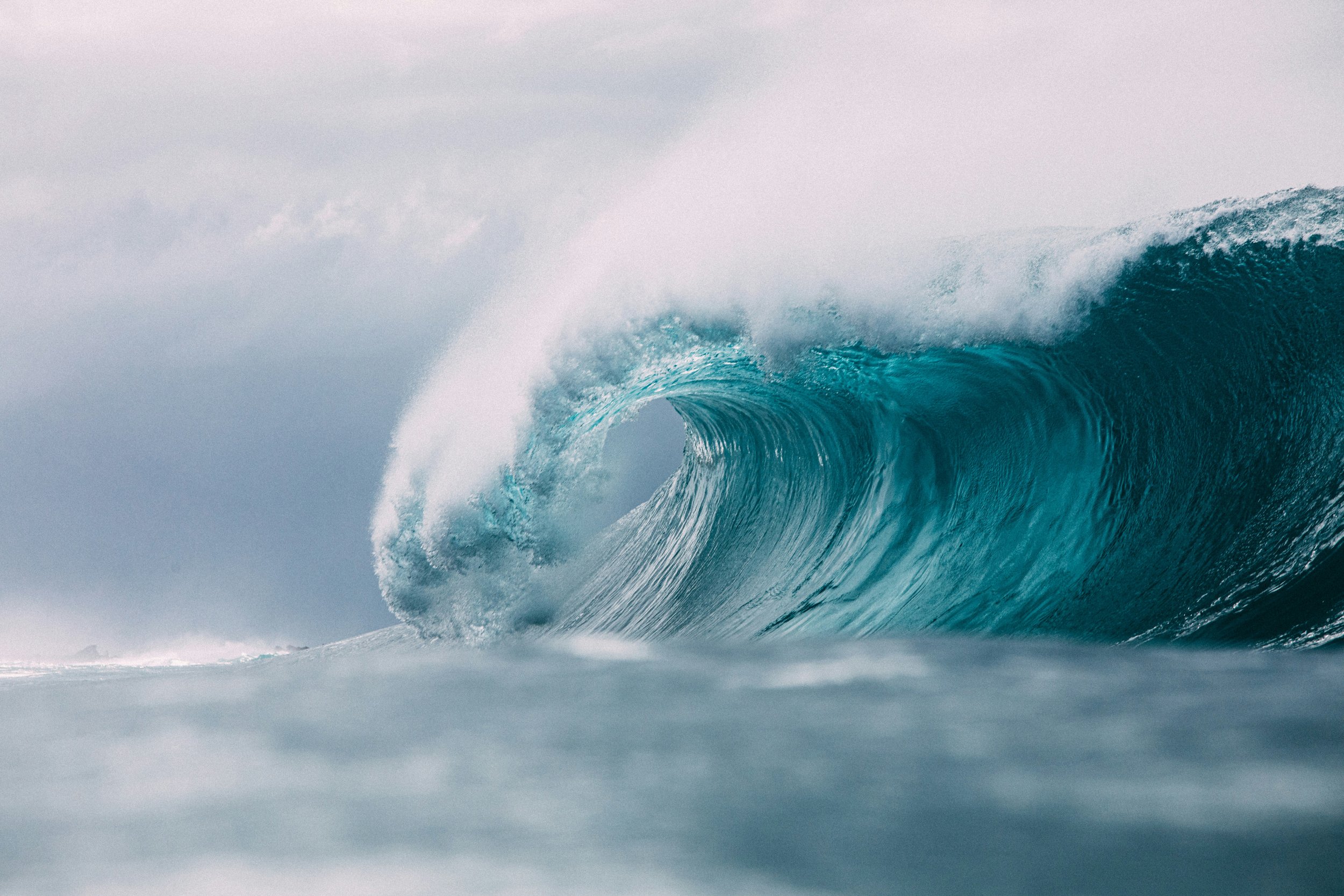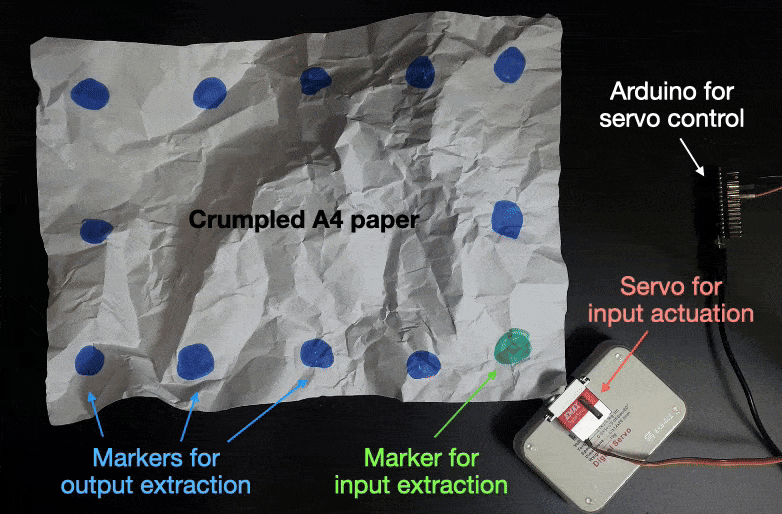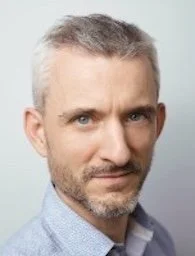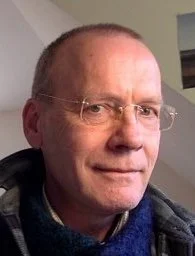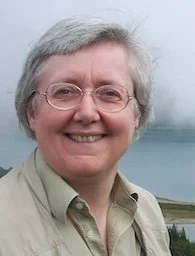PHRESCO (Physical Reservoir Computing Competition) is the world's first competition dedicated to exploring the frontiers of physical reservoir computing. We invite researchers, students, and interdisciplinary teams to demonstrate how physical systems—from soft materials and chemical systems to biological tissues or any complex physical structures—can be harnessed for computation, intelligence, and complex signal processing.
This is not just a contest; it's a collaborative research initiative and completely free. In this emerging field, your input will help define what counts as creativity, novelty, and significance.
What is Physical Reservoir Computing?
Physical Reservoir Computing (PhyRC) is a modern Machine Learning approach that uses nonlinear physical dynamics (e.g., water flow, laser dynamics, soft robotics bodies, etc.) as computational resources. We are currently preparing a set of introductionary videos to explain the underlying principles and we are also preparing a few examples for inspiration.
In the meantime, Another good way to get familiar with the topic is to read “Physical Reservoir Computing in Robotics”, which looks at how soft bodies of robots can be used. However, PhyRC goes way beyond that. The first ever physical reservoir computing work used a bucket of water, i.e., “Pattern Recognition in a Bucket” by Chrisantha Fernando & Sampsa Sojakka. A good overview is the book “Reservoir Computing - Theory, Physical Implementations, and Applications” edited by Kohei Nakajima and Ingo Fischer, which provides chapter on general reservoir computing, but also some about physical reservoir computing. Finally, have a look at Susan Stepney’s “Physical reservoir computing: a tutorial”.
Who should apply?
Academic researchers exploring novel computing paradigms
Students interested in unconventional computation
Cross-disciplinary teams (physics, materials science, neuroscience, engineering)
Independent researchers and enthusiasts with a passion for experimental systems
Everyone who is fascinated by physical reservoir computing
What will you submit and how do we judge?
In general, we want to keep the effort for all participants to a a minimum, while maximising the fun to be part of the competition. We are looking for highly creative ideas over performance.
Participants will first submit a preliminary abstract about their approach. This submission is now opened (submission link will be sent through email).
For the final submission, participants will submit a short video (max 10 minutes) presenting the work and demonstrating their physical reservoir system in action, and an extended abstract (max 2 pages – LaTeX template will be provided).
Submissions will be evaluated by our expert panel (Benjamin Schrauwen, Herbert Jaeger, Susan Stepney). Creativity will be the main focus of the evaluation criteria.
To qualify, your submission must meet following minimum criteria:
A Normalised Mean Square Error (NMSE) < 20% should be achieved with NARMA2 benchmark test. You can provide evidence by submitting the raw data.
The NARMA2 benchmark test should use input signal and target output series as stated in our example, which are adapted from [1]. For the input signal, frequency scaling is allowed, but the ratio between the three base frequencies should be maintained.
Only a linear readout is allowed to generate the output from your system.
No artificial extensions of computational capabilities, e.g., additional memory or nonlinearities that are not part of the reservoir.
Extension of existing works is allowed, but novelty is paramount.
[1] Nakajima, Kohei, et al. "Information processing via physical soft body." Scientific reports 5.1 (2015): 10487.
For further clarification, please refer to the example submission that illustrate acceptable implementations:
Time Line
Expression of Interest: Open now. Please sign up below!
Expression Of Interest Closes: 31st August 2025 23:59 (GMT);
Preliminary Abstract Submission Closes: 31st October 2025 23:59 (GMT) -> 15th November 2025 23:59 (GMT).
Submission Feedback: Feedback on abstract will be provided by end of November 2025.
Final Submission Deadline: February 2026. Exact date TBD.
Award Ceremony: Award ceremony will be held at Embodied Intelligence Conference (April 2026. Exact date TBD).
Judges
Susan Stepney
Susan Stepney is Professor Emerita at the University of York.
Originally an astrophysicist, she left academia and moved to industry,
working on formal specification and proof.
Later she moved back to academia to work on Unconventional Computing and Artificial Life.
She has worked on a variety of Physical Reservoir Computing projects,
using materials such as Carbon Nanotubes and Magnetic Nanowires,
and helped develop a framework to characterise such devices (doi:10.1098/rspa.2018.0723).
She co-edited the book "Computational Matter"
and has recently written a tutorial on designing Physical Reservoir Computers
(doi: 10.1007/s11047-024-09997-y).
She formally retired in 2024, but is still actively working on
a range of UComp and ALife projects.
Benjamin Schrauwen
Benjamin Schrauwen is a Belgian engineer and entrepreneur known for pioneering reservoir computing in machine learning and leading AI innovations in manufacturing.
Academic Career
Schrauwen earned a MSc in Computer Science from the University of Antwerp (2000), followed by a MSc (2002) and PhD (2007) in Computer Engineering from Ghent University, focusing on bio-inspired computing systems like reservoir computing, a term which he coined. He became a Professor of Machine Learning at Ghent University, leading research in neural networks, robotics, and neuromorphic engineering. Key projects included neural speech recognition and the Oncilla quadruped robot. With about 200 publications and 19,000+ citations, he supervised numerous PhD students until transitioning to industry around 2014.
Industrial Roles
In 2014, Schrauwen joined Autodesk as Senior Director, where he led Autodesk's 3D printing platform called Spark, conceived Tinkercad (the most used CAD tool in the world), and set up Autodesk's education program called Project Ignite. In 2017, he co-founded Oqton, an AI-powered manufacturing software firm, serving as CEO. Oqton raised $40M in funding and was acquired by 3D Systems for $180M in 2021, incorporating its Manufacturing Operating System platform for optimized production. Post-acquisition, Schrauwen led 3D Systems' software division. He recently co-founded AI startups including Raidyn (structural inspection via computer vision), Oqcam (dental CAM automation), and ArcNC (welding robot programming) and now invests in and advises AI-manufacturing ventures, bridging academia and industry.
Herbert Jaeger
Herbert Jaeger studied Mathematics in Freiburg (Germany), got his PhD
Computer Science / AI in Bielefeld (Germany) and then a postdoc
fellowship at the (then) German National Research Institute for
Mathematics and Computer Science (GMD) in Sankt Augustin (Germany),
where he subsequently founded the research unit on modeling intelligent
dynamical sytsems (MINDS); then from 2001 to 2019 he served as professor
in the CS department of the private Jacobs University Bremen (Germany),
and since 2019 he is Professor for Computing in Cognitive Materials at
the University of Groningen. Current research focus: mathematical
foundations for a theory of computing on the basis of non-digital
physical substrates.
Sign up!
If you are interested, please sign
